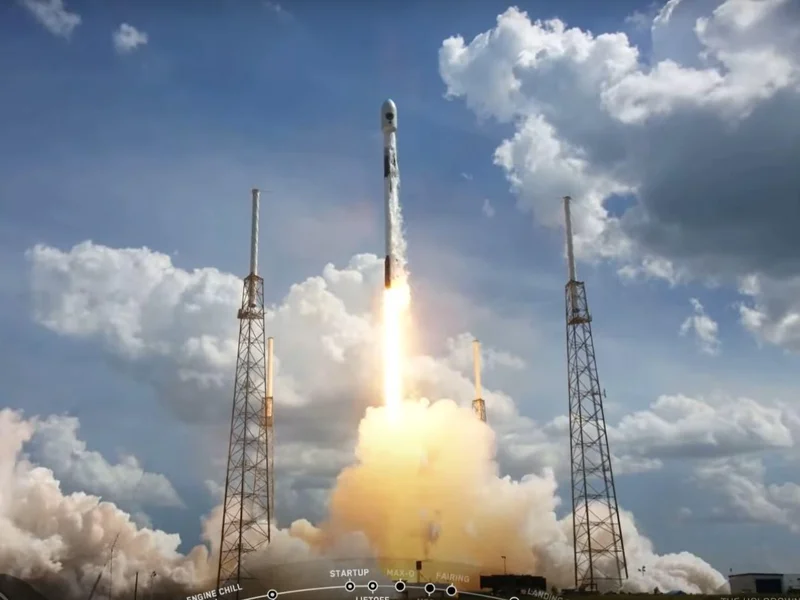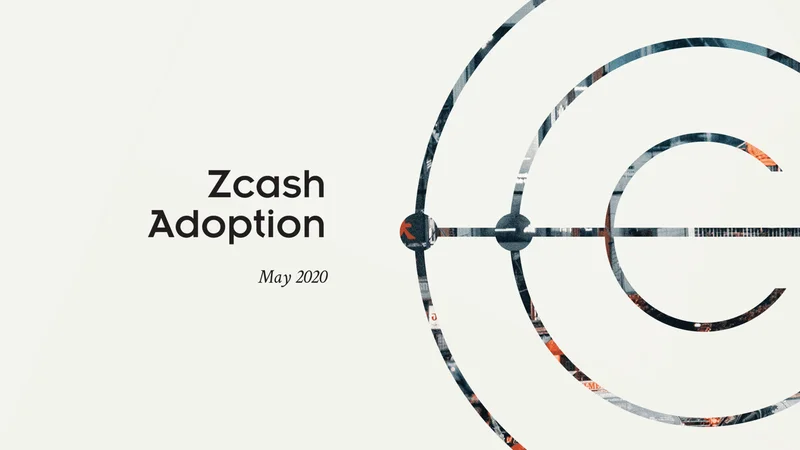SpaceX Launch Today: What Happened and Launch Time Details
Generated Title: Florida's Skies Aren't Always SpaceX: Decoding the Mystery Fireball
Celestial Shenanigans: More Than Just Rockets
Florida, the land of sunshine, oranges, and… unidentified fireballs? Seems like the skies above the Sunshine State are getting as crowded as its beaches. We've got reports of mysterious streaks, possible satellite re-entries, and the occasional out-of-state rocket making a cameo. The question is: are we seeing a surge in space activity, or is it just a case of heightened awareness (and maybe a bit of social media hype)?
The recent "fireball" spotted ahead of a SpaceX Falcon 9 launch attempt is a prime example. Social media lit up with speculation – was it space junk? A meteor? A rogue satellite? Turns out, it wasn't a SpaceX rocket, as the launch was scrubbed due to weather. So, what was it? One X user, identifying as a marine traffic operator and NASA Spaceflight camera custodian, suggested it was likely the re-entry of a Chinese upper stage rocket. This highlights the inherent problem: a lot of what we're seeing is being filtered through the lens of social media speculation, not rigorous, verified data.
And it's not just this one incident. The reports mention a SpaceX Starship launch from Texas being visible in Florida, and even debris from a previous Starship explosion making an appearance. We also have reports of objects re-entering the atmosphere. Fireball spotted in Florida. Other times mystery streaks, rockets from out of state were seen
Quantifying the "Uncommon"
The article states that seeing a rocket launch from Florida is common, but a "fireball or wayward object? That's not as common." But how uncommon are we talking? That's the critical question, and the data is frustratingly vague. Without a baseline measurement of "unusual sky object sightings" over time, it's impossible to say if there's actually been an increase, or if people are simply more likely to report (and photograph) these events thanks to smartphones and social media.
Let's consider the geography. From Cape Canaveral to West Palm Beach is roughly 150 miles. Starbase, Texas, to Boynton Beach, Florida, is about 1,500 miles. The fact that a rocket launch from that distance was visible is certainly noteworthy. But is it statistically significant? Again, hard to say. (The data is further complicated by the fact that weather conditions and launch trajectories play a huge role in visibility.)
I've looked at enough of these reports to know that visual sightings alone are rarely conclusive. We need hard data – radar tracks, atmospheric readings, confirmed satellite IDs – to move beyond speculation. The reliance on anecdotal evidence from social media users and even journalists, while providing color, doesn't provide concrete answers.

The other factor to consider is the increasing frequency of launches. SpaceX alone has launched over 2,600 Starlink satellites in 2025 alone. That's a lot of hardware going up (and potentially coming down). Is the increase in sightings directly correlated with the increase in launch activity? My analysis suggests a strong possibility, but correlation isn't causation.
The "So Florida" Factor? Not Quite
The article playfully suggests that watching rockets launch is a "so Florida" thing. But the fact that rockets from other states and even debris from failed launches are visible throws a wrench in that narrative. It suggests that Florida's skies are becoming a shared space, impacted by activities far beyond its borders.
The debris from the SpaceX Starship rocket explosion in March, seen from West Palm Beach, highlights the potential risks. SpaceX attributed the mishap to a hardware failure in a Raptor engine, leading to "inadvertent propellant mixing and ignition." While the Super Heavy booster managed to return to the launch pad, the incident underscores the need for rigorous safety protocols as space activity intensifies.
The question then becomes: How do we balance the benefits of increased space access with the potential risks to both the environment and the public? This isn't just a Florida problem; it's a global challenge.
So, What's Actually Going On Up There?
The skies above Florida are undoubtedly getting busier. The increase in launch activity, coupled with the ease of reporting sightings via social media, creates a perfect storm for speculation and intrigue. But without more robust data collection and analysis, we're left with a collection of anecdotal observations that, while interesting, don't provide a clear picture of what's really going on.
It's Complicated, and the Data is Messy
The takeaway? Florida's fireball frenzy is less about alien invasions and more about the messy reality of increased space activity. We need less speculation and more verifiable data to separate the signal from the noise.
-

The Juan Gabriel 'Alive' Hoax: Deconstructing the Latest 'Proof'
So,JuanGabrielisaliveagain.I...
-

Jeff Bezos: His Net Worth, His Love Life, and Why We're All Obsessed
So,JeffBezoshasdescendedfrom...
-

Zcash's Sudden Price Surge: Analyzing the Catalysts and Its Future Outlook
Zcash'sViolentRally:Deconstruct...
-

Warren Buffett's OXY Stock Play: The Latest Drama, Buffett's Angle, and Why You Shouldn't Believe the Hype
Solet'sgetthisstraight.Occide...
-

Registered Investment Advisor (RIA): Defining the Role, Services, and Fee Structures
TheQuietRuleChangeThatWillRe...
- Search
- Recently Published
-
- Cidara Therapeutics: Stock, News, & The Usual Spin?
- ANyONe Protocol: What the hell is it, and is it even real?
- BMO: The Bank, The Stadium, The Cartoon, and Why You Should Care
- BBAI Stock: The Investment Case vs. The Current Data
- CoreWeave's Stock Nosedive: What They're Not Telling You
- IRS Relief Payment: Status, Timing, and What the Data Shows
- Zcash's "Historic Surge": Hayes is Hyping It?
- BMO: What is it and Where Can I Find One?
- Avelo Airlines: FAA Cuts and the Lakeland Linder Opportunity
- SpaceX Launch Today: What Happened and Launch Time Details
- Tag list
-
- carbon trading (2)
- Blockchain (11)
- Decentralization (5)
- Smart Contracts (4)
- Cryptocurrency (26)
- DeFi (5)
- Bitcoin (29)
- Trump (5)
- Ethereum (8)
- Pudgy Penguins (5)
- NFT (5)
- Solana (5)
- cryptocurrency (6)
- XRP (3)
- Airdrop (3)
- MicroStrategy (3)
- Stablecoin (3)
- Digital Assets (3)
- PENGU (3)
- Plasma (5)
- Zcash (6)
- Aster (4)
- investment advisor (4)
- crypto exchange binance (3)
- SX Network (3)
